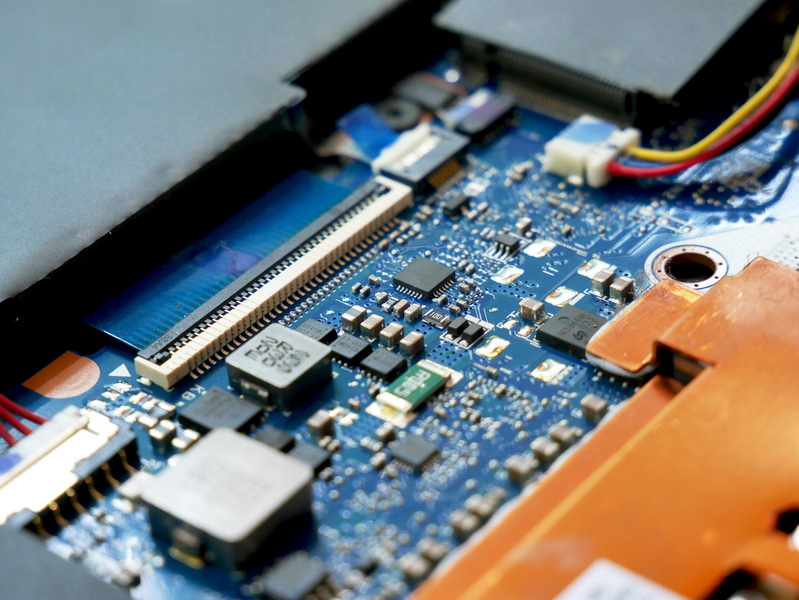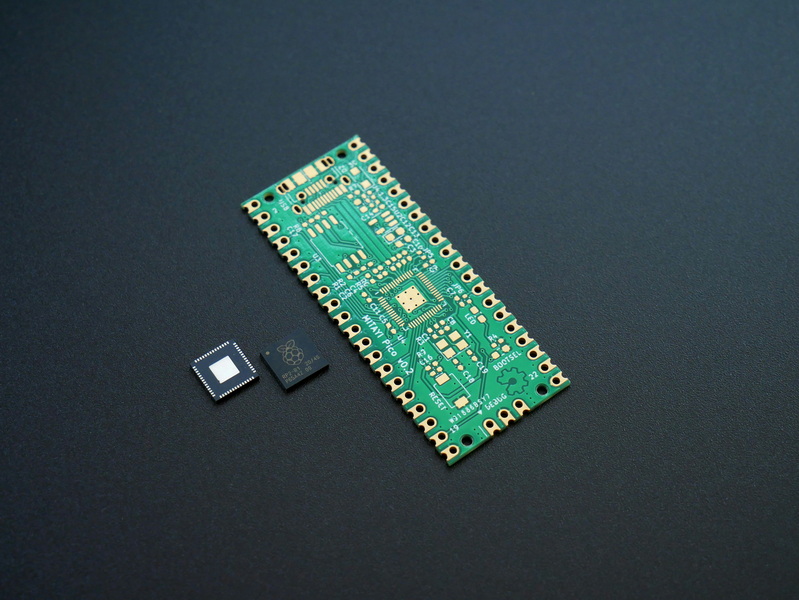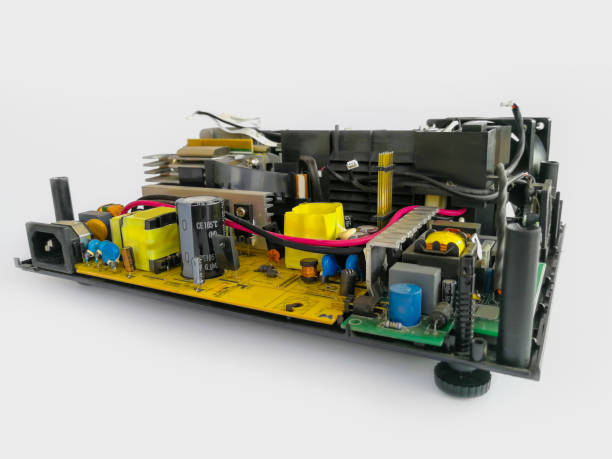Content Menu
● Understanding Nozzle Technology in SMT
>> Types of SMT Nozzles
● The Role of Nozzle Design in Soldering
● Benefits of Optimizing Nozzle Technology
● Implementing Nozzle Technology in SMT Processes
● Advanced Technologies in Nozzle Design
● Case Studies
● Challenges in Nozzle Technology
● Future Trends in Nozzle Technology
>> Emerging Markets
>> Sustainability Initiatives
● Conclusion
● FAQ
>> 1. What is the role of nozzles in SMT?
>> 2. How do different nozzle designs affect soldering quality?
>> 3. What materials are commonly used for SMT nozzles?
>> 4. How does regular maintenance impact nozzle performance?
>> 5. Can custom nozzles improve production efficiency?
● Citations:
Surface Mount Technology (SMT) has revolutionized the electronics manufacturing industry by allowing for the efficient assembly of printed circuit boards (PCBs). A critical component of this technology is the nozzle, which plays a pivotal role in the soldering process. This article explores how nozzle technology can optimize soldering in SMT, enhancing precision, efficiency, and overall product quality.

Understanding Nozzle Technology in SMT
Nozzle technology refers to the design and application of nozzles used in SMT machines to pick and place surface mount devices (SMDs) onto PCBs. These nozzles are designed to accommodate various component sizes and shapes, ensuring effective handling during the assembly process. The selection of appropriate nozzles is crucial for achieving optimal soldering results.
Types of SMT Nozzles
1. Standard Nozzles: Commonly used for general-purpose applications, these nozzles come in various shapes and sizes to suit different components.
2. Prototype Nozzles: Designed for specific applications, prototype nozzles enhance precision and allow for higher packing densities on PCBs.
3. Custom Nozzles: Tailored to meet unique manufacturing requirements, custom nozzles can improve efficiency and reduce setup times.
4. Wettable Nozzles: These nozzles provide better accuracy and are particularly useful for densely populated boards, as they minimize solder oxidation.
5. Micro-Jet Nozzles: Used for precise flux application, these nozzles deliver flux directly where needed, reducing waste and improving solder joint quality.
The Role of Nozzle Design in Soldering
The design of soldering nozzles significantly impacts the quality of solder joints. Key factors include:
- Shape and Size: The nozzle's shape affects how solder flows onto the PCB. For instance, a well-designed oval or round nozzle can help direct solder more effectively than a poorly designed one.
- Material: Different materials offer varying levels of durability and thermal conductivity. Tungsten steel and ceramic are common choices due to their strength and resistance to wear.
- Clearance Design: Adequate clearance around solder joints is essential to prevent bridging and ensure effective heat transfer during the soldering process.
Benefits of Optimizing Nozzle Technology
Optimizing nozzle technology can lead to several benefits in SMT processes:
1. Increased Precision: Advanced nozzle designs allow for precise placement of components, reducing misalignment and improving solder joint integrity.
2. Enhanced Efficiency: By utilizing prototype or custom nozzles tailored for specific applications, manufacturers can streamline their processes, reducing cycle times and increasing throughput.
3. Reduced Defects: Proper nozzle selection minimizes common defects such as solder bridging and balling, leading to higher quality products.
4. Cost Savings: Although initial investments in advanced nozzles may be higher, the long-term savings from reduced defects and increased production efficiency can be substantial.
5. Flexibility in Design: With a variety of nozzles available, manufacturers can adapt quickly to changing product designs or production requirements without extensive retooling.
Implementing Nozzle Technology in SMT Processes
To fully leverage the advantages of nozzle technology in SMT, manufacturers should consider the following strategies:
- Regular Maintenance: Ensuring that nozzles are clean and well-maintained is crucial for consistent performance. Regular inspections can prevent issues that lead to defects.
- Training Operators: Educating operators on the importance of nozzle selection and maintenance can enhance overall production quality.
- Investing in Automation: Automated systems that integrate advanced nozzle technology can significantly improve precision and reduce human error during assembly.
- Conducting Trials: Testing different nozzle types on various components can help identify the best configurations for specific applications.
Advanced Technologies in Nozzle Design
The evolution of nozzle technology continues with advancements that enhance their capabilities further:
- Smart Nozzle Systems: Equipped with sensors and real-time monitoring capabilities, smart nozzles can adjust their operations based on environmental conditions or component types. This adaptability improves placement accuracy and reduces downtime significantly[1].
- Additive Manufacturing Techniques: New methods such as 3D printing allow for rapid prototyping of custom nozzles tailored to specific tasks or components, enabling manufacturers to respond quickly to market demands[5].
- AI Integration: Artificial Intelligence (AI) is being utilized to predict maintenance needs, optimize performance parameters, and analyze data from production processes to enhance nozzle functionality continuously[1].

Case Studies
Several companies have successfully implemented optimized nozzle technologies in their SMT processes:
- Company A, a manufacturer of consumer electronics, reported a 30% increase in production speed after integrating prototype SMT nozzles into their assembly line while maintaining a defect rate below 0.5%.
- Company B, specializing in medical devices, adopted custom-designed nozzles that reduced component damage during assembly by 40%, significantly enhancing product reliability.
- Company C, focused on rapid prototyping services, utilized flexible nozzle designs that allowed them to accommodate various SMD configurations quickly, resulting in improved customer satisfaction.
Challenges in Nozzle Technology
Despite advancements, challenges persist within nozzle technology:
- Miniaturization of Components: As electronic components become smaller (e.g., 0201 sizes), traditional nozzle designs may struggle to maintain accuracy during placement. This necessitates ongoing innovation in nozzle design[2].
- Material Limitations: Current materials used for nozzles may not always provide the necessary durability or thermal properties required for high-speed operations[2]. Research into new materials is ongoing to address these limitations.
- Environmental Factors: Factors such as humidity can impact the performance of nozzles during operation. Maintaining optimal environmental conditions is critical for ensuring consistent performance[9].
Future Trends in Nozzle Technology
The future of nozzle technology in SMT is likely to be shaped by advancements in materials science and manufacturing techniques. Innovations such as additive manufacturing may enable more complex designs that improve efficiency and performance. Additionally, as the demand for miniaturization increases, nozzle technologies will need to evolve to handle smaller components with greater precision.
Emerging Markets
The expansion into new sectors such as medical devices, aerospace, and renewable energy presents significant growth opportunities for the SMT nozzle industry[1]. As these industries adopt SMT technology for their assembly needs, there will be an increased demand for high-quality nozzles capable of handling diverse applications efficiently.
Sustainability Initiatives
With sustainability becoming a pressing concern across industries, there is a growing focus on eco-friendly materials and processes within the SMT nozzle sector[1]. Manufacturers are exploring ways to reduce waste during production while enhancing energy efficiency throughout the lifecycle of nozzle products.
Conclusion
Nozzle technology is a fundamental aspect of optimizing soldering processes in Surface Mount Technology. By selecting appropriate nozzle types and designs tailored to specific applications, manufacturers can achieve higher precision, increased efficiency, reduced defects, and significant cost savings. As technology continues to evolve alongside market demands for smaller and more complex electronic devices, staying abreast of advancements in nozzle design will be crucial for maintaining competitive advantages in the electronics manufacturing industry.

FAQ
1. What is the role of nozzles in SMT?
Nozzles are critical components in SMT machines that pick up surface mount devices (SMDs) and place them accurately onto printed circuit boards (PCBs).
2. How do different nozzle designs affect soldering quality?
Different designs influence how solder flows onto PCBs; well-designed nozzles minimize defects like bridging or balling by ensuring proper alignment and heat transfer during soldering.
3. What materials are commonly used for SMT nozzles?
Common materials include tungsten steel for durability, ceramics for heat resistance, and diamond steel for high performance without wear issues.
4. How does regular maintenance impact nozzle performance?
Regular maintenance ensures that nozzles remain clean and functional, preventing issues that could lead to defects during the assembly process.
5. Can custom nozzles improve production efficiency?
Yes, custom nozzles tailored for specific applications can streamline processes by reducing setup times and increasing throughput while maintaining high-quality standards.
Citations:
[1] http://www.smtcpu.com
[2] https://www.joysmt.com/technique/387.html
[3] https://www.gssmt-parts.com/unlocking-the-power-of-your-smt-nozzle-tips-and-tricks-for-maximum-efficiency.html
[4] https://www.sapatechs.com/case-studies/
[5] https://pubs.aip.org/aip/acp/article/2607/1/120004/2892462/Design-of-nozzles-for-surface-mount-technologies
[6] https://www.rhsmt.com/news/the-integral-role-of-smt-nozzles-in-modern-electronics-assembly/
[7] https://www.zj-smttech.com/blog-detail/tips-for-maintaining-and-extending-the-lifespan-of-smt-nozzles
[8] https://www.criticalmanufacturing.com/blog/material-optimization-in-the-smt-and-electronics-assembly-industries/
[9] https://www.binghamton.edu/ssie/about/thesis_abstract_kriti_kode.pdf
[10] https://silmantech.com/what-is-the-detailed-explanation-of-smt-nozzle-structure-principle/




















